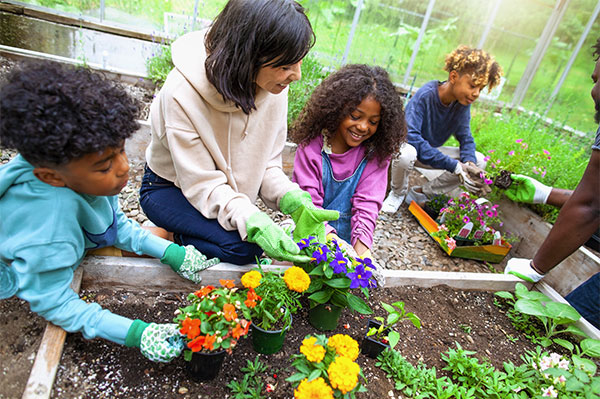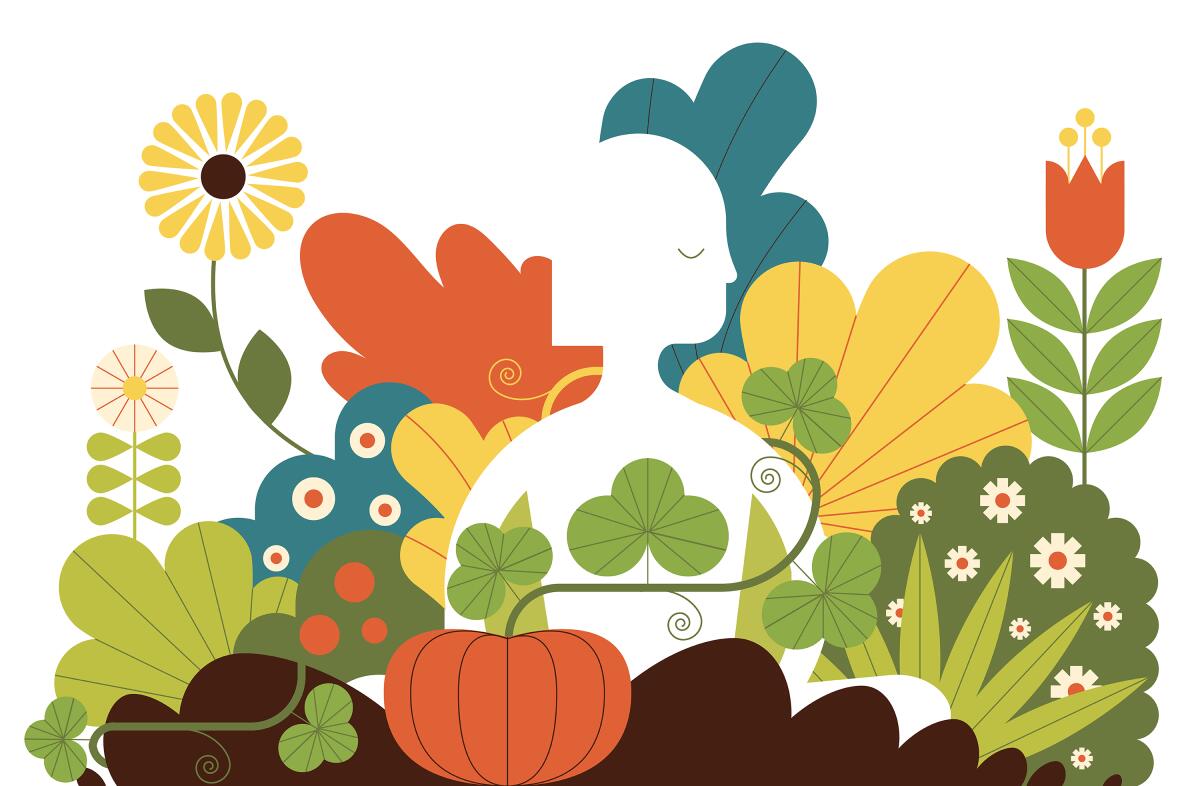Expert Gardening Tips for Producing a Sustainable and Eco-Friendly Garden
Embarking on the trip to produce a environmentally friendly and sustainable yard includes a series of calculated selections and methods that not just improve the charm of your space yet likewise add favorably to the environment. By picking native plants that are well-suited to your area, you can lower dependence on chemical fertilizers and chemicals while supplying crucial support to neighborhood wild animals. Additionally, including water conservation strategies and organic horticulture methods plays an essential duty in maintaining a healthy and balanced environment. To uncover even more practical methods and expert understandings, allow us explore the vital elements that define an eco conscious garden.
Pick Native Plants
Selecting native plants for your garden is an essential step toward accomplishing sustainability. Indigenous plants are naturally adjusted to the regional environment and dirt conditions, making them a lot more resistant to local bugs and conditions. This lowers the demand for chemical pesticides and plant foods, hence decreasing ecological impact. Additionally, native plants normally call for much less water when established, contributing to extra reliable water usage.
Beyond their practical benefits, indigenous plants play an essential duty in sustaining neighborhood biodiversity. They supply necessary habitat and food resources for indigenous wildlife, consisting of pollinators such as bees, butterflies, and birds. This fosters a well balanced ecosystem, which is crucial for the health of your yard and the surrounding environment.

Implement Water Preservation
Executing water conservation strategies is essential for maintaining a lasting yard. Effective water use not just decreases the environmental impact but likewise makes certain that plants get appropriate hydration without wastage. One effective technique is to use drip watering systems, which provide water straight to the plant roots, minimizing dissipation and overflow. This targeted strategy can significantly decrease water usage compared to traditional sprinklers.
Additionally, mulching is a useful method for conserving water. By applying a layer of organic compost, such as timber chips or straw, around the base of plants, garden enthusiasts can lessen soil evaporation and keep regular wetness levels. Mulch additionally aids control soil temperature level and subdues weed development, further adding to plant wellness.
Rain harvesting is one more sustainable strategy. Installing rainfall barrels or other collection systems allows garden enthusiasts to save and catch rainwater, which can later be made use of during dry durations. This not only preserves local water however also supplies a natural, chemical-free resource for watering.
Lastly, picking drought-tolerant plant types can drastically reduce water needs. These plants are adapted to grow in low-water conditions, making them perfect for environmentally friendly yards. gardening tips. Carrying out these water preservation techniques will certainly promote a resistant, sustainable yard
Use Organic Horticulture Approaches

Pest monitoring in a natural yard counts on incorporated parasite monitoring (IPM) strategies. These great site consist of motivating beneficial insects, using all-natural killers like lacewings and ladybugs, and applying plant turning to interrupt pest life cycles. Companion growing, where certain plants are expanded with each other to drive away parasites or bring in helpful bugs, is one more reliable strategy.
Weed control is handled with mulching and manual removal, instead than relying upon herbicides. Mulch not only subdues weeds yet additionally saves wetness and improves dirt health and wellness as it breaks down. Organic mulches, such as straw, timber chips, and leaves, are especially advantageous.
Develop Wildlife Environments
Developing wildlife environments within your yard not only boosts biodiversity however also sustains the community's equilibrium. Deliberately spaces that bring in and sustain neighborhood animals, you can create a growing micro-ecosystem that benefits both plants and animals. Start by incorporating indigenous plants, as these are fit to your regional climate and supply important food and sanctuary for wildlife. Indigenous plants sustains a series of insects, birds, and little creatures, contributing to the ecological network.
Think about including a water read the full info here function, such as a fish pond or birdbath, to provide a constant water resource. Water elements bring in a variety of types, from amphibians to pollinators, boosting the garden's vitality. Furthermore, mounting birdhouses, bat boxes, and i loved this insect hotels provides secure nesting websites and encourages biodiversity.
Leave some locations of your yard uninterrupted, permitting fallen leave clutter and dropped branches to accumulate. By focusing on these lasting techniques, your yard can come to be a shelter for neighborhood wild animals, promoting environmental health and wellness and sustainability.
Method Composting and Mulching
An essential aspect of lasting gardening, composting and mulching, significantly boosts soil health and decreases waste. Unlike synthetic plant foods, compost enriches the dirt with valuable bacteria and important nutrients, cultivating a healthier yard community.
Mulching, on the various other hand, includes covering the soil surface area with not natural or organic products, such as straw, wood chips, or shredded fallen leaves. This practice uses a number of advantages: it saves dirt wetness, subdues weed growth, and moderates dirt temperature level. Mulch additionally gradually breaks down, including raw material to the dirt and further boosting its fertility.
To exercise effective composting, ensure your garden compost heap has an equilibrium of eco-friendly products (abundant in nitrogen) and brownish materials (rich in carbon), preserving appropriate oygenation and dampness. gardening tips. Frequently transforming the heap increases decomposition. For mulching, apply a 2-3 inch layer around plants, ensuring it does not directly call stems or trunks to avoid rot
Verdict

Choosing indigenous plants for your yard is a fundamental action toward attaining sustainability.Moreover, incorporating indigenous plants can enhance the visual appeal of your yard. These plants are adapted to thrive in low-water problems, making them excellent for environment-friendly yards. Applying these water preservation techniques will certainly cultivate a resilient, sustainable yard.
In final thought, establishing a environment-friendly and sustainable garden entails the calculated choice of indigenous plants, the adoption of water preservation strategies, and the implementation of natural horticulture methods.